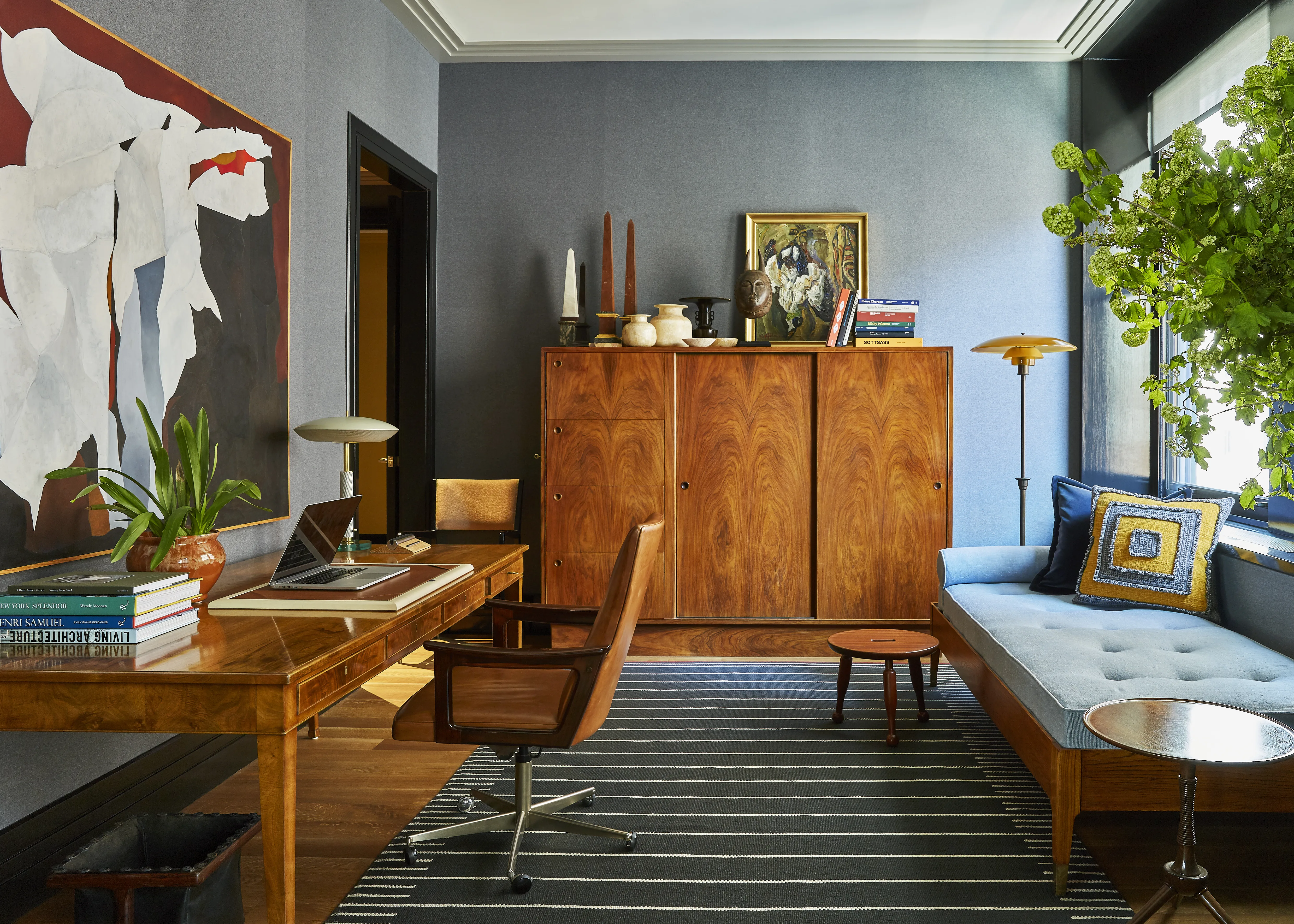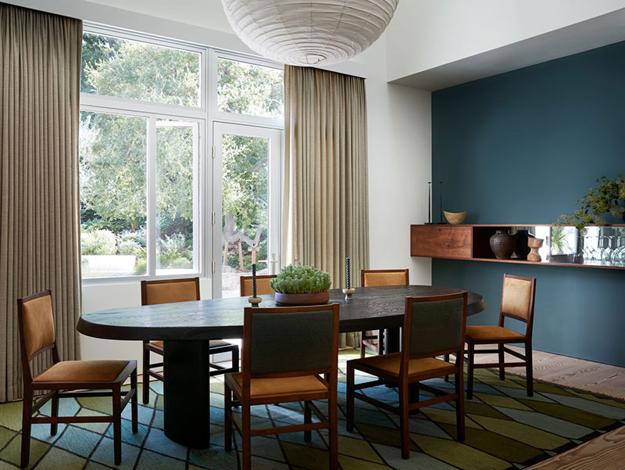Email format error
Email cannot be empty
Email already exists
6-20 characters(letters plus numbers only)
The password is inconsistent
Email format error
Email cannot be empty
Email does not exist
6-20 characters(letters plus numbers only)
The password is inconsistent



In a world where "vintage" and "retro" are in vogue, there's something uniquely satisfying about restoring old furniture to its former glory. Whether you've inherited a beloved family heirloom or stumbled upon a hidden gem at a thrift store, furniture restoration is an art that allows you to breathe new life into aged and worn pieces. In this blog, we'll take you on a journey through Furniture Restoration 101, where you'll discover the joy of bringing old furniture back to life.
The Thrill of Restoration
Restoring old furniture isn't just about fixing what's broken; it's about preserving history and craftsmanship. Each piece has a story to tell, and as a restoration enthusiast, you become its storyteller, breathing fresh life into it.
Choose the Right Piece
Not every piece of old furniture is worthy of restoration. Look for items with good bones—solid wood, sturdy frames, and well-constructed joints. The piece should have sentimental value or unique character that makes it worth the effort.
Assess the Damage
Before you dive into the restoration process, carefully assess the damage. Identify issues like loose joints, broken parts, missing hardware, scratches, and finish wear. This assessment will help you plan your restoration steps.
Clean and Strip
Start with a thorough cleaning. Remove dust, grime, and years of built-up dirt. Depending on the piece, you might need to strip old paint or varnish. Chemical strippers or sandpaper can be used, but always work in a well-ventilated area.
Repair and Rebuild
Repair any structural damage first. Glue loose joints and replace broken or missing parts. A wood filler can be used for small holes and imperfections. Sand the entire piece to create a smooth surface.
Stain or Paint
The choice between staining and painting is a critical one. Staining highlights the natural beauty of wood, while paint can transform a piece entirely. Select a finish that suits the piece's style and your aesthetic.
Hardware and Accessories
Old furniture often boasts unique hardware. Consider whether to restore the original hardware or replace it with new fittings that match the piece's new look.
Upholstery and Fabric
For furniture with fabric elements, like chairs or couches, consider reupholstering. Choose high-quality fabric that complements the piece's new style and color scheme.
Seal and Protect
Finish the restoration by applying a clear coat or wax to protect the surface. This step ensures the restored piece remains beautiful for years to come.
Reassemble and Enjoy
Reassemble the piece and place it in your home, where it can be appreciated and admired. Your restored furniture now holds a special place in your heart and home.
The Joy of DIY Restoration
Furniture restoration is a satisfying endeavor, offering a deep sense of accomplishment and the opportunity to showcase your creativity. It's not just about saving money or recycling; it's about creating something unique and preserving a piece of history. So, the next time you come across a weathered, old piece of furniture that needs some love, remember that with a little effort and creativity, you can breathe new life into it. The joy of restoring and reimagining old furniture is an art form that transcends time and trends, and it's a hobby that can be both personally fulfilling and environmentally responsible.